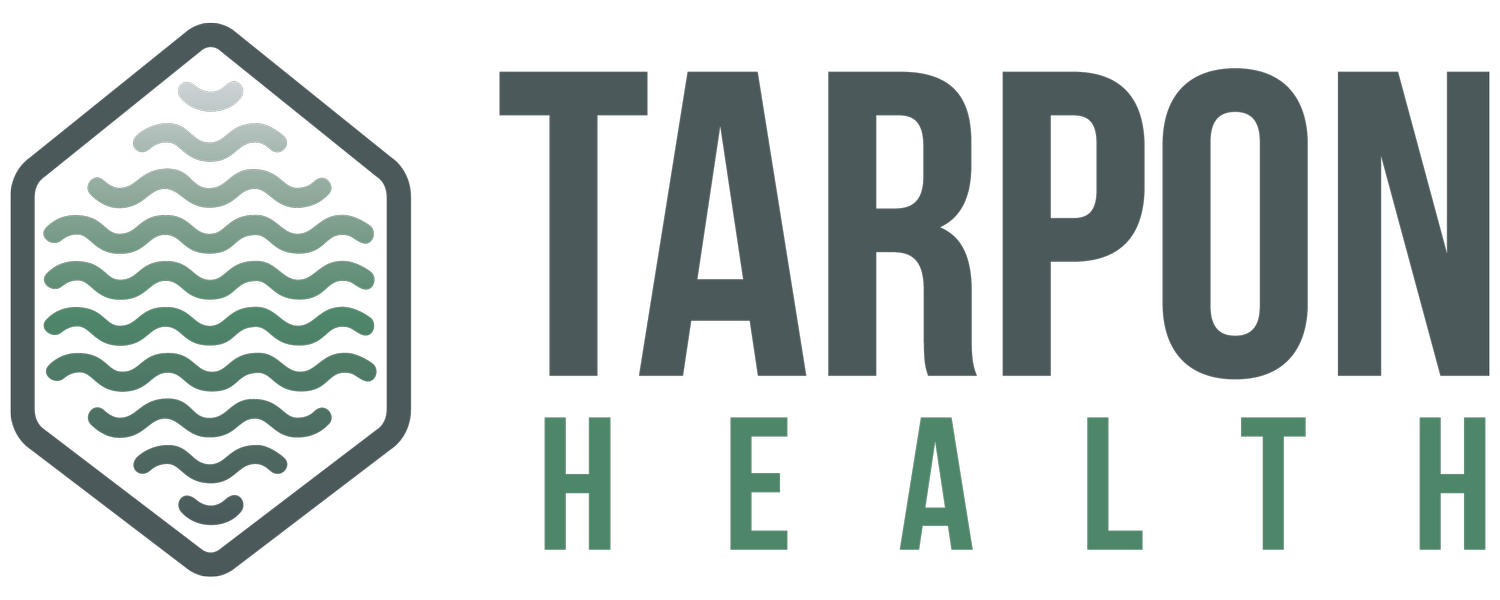6 Powerful Ways to Automate Your Revenue Cycle Management
In today's fast-paced world, revenue management can be a daunting task. From patient registration to claims processing, the process is complex and time-consuming. Revenue cycle automation can help you master this challenge. This guide shows you six ways to automate your revenue cycle and improve your financial health.
What Is Revenue Cycle Automation?
At its core, revenue cycle management (RCM) automation is about using technology to streamline repetitive, rule-driven, and transactional tasks in healthcare organizations. The primary goals are to:
Simplify complex tasks
Reduce labor costs
Identify and address operational inefficiencies
Accelerate task completion
Improve the patient experience
The Benefits of RCM Automation
RCM automation offers a wealth of benefits, including:
Increased efficiency: Accelerate workflows and focus on patient care, not paperwork.
Reduced errors: Eliminate manual data entry and ensure accuracy.
Faster payments: Collect revenue sooner and improve financial performance.
Cost savings: Reduce expenses and free up resources for more strategic initiatives.
Simplified compliance: Automate compliance checks and reduce risk.
6 Powerful Ways to Automate Your Revenue Cycle Management:
1. Robotic Process Automation (RPA)
Leverage RPA to automate repetitive, rule-based tasks like claims status, payment posting, credits, authorizations, and much more.
How to Implement Robotic Process Automation (RPA)
To implement RPA in your revenue cycle:
RPA Platform Selection: Choose an RPA platform that aligns with your organization's needs and provides the required scalability.
Identify Suitable Processes: Identify tasks that are highly repetitive and rule-based, making them ideal candidates for automation.
Design: Map out the current process and determine if it's feasible (and desired) to use RPA.
Build and Test: With a design in hand, you can begin building and testing the automation. Ultimately you’ll have a live automation that then needs to be maintained.
2. Application Program Interfaces (API)
Leverage APIs to integrate different software systems. APIs use a structured coding language which makes data retrieval accurate, efficient, and stable.
How to Build an API Connection
To implement an API in your revenue cycle:
Identify Suitable Processes: Identify situations where your team is constantly moving from one system to another.
Review Published API Connectivity Guides: If an API is available, it will have a development guide. Ask your software representative if you don’t know whether an API is available.
3. Optical Character Recognition (OCR)
Leverage OCR technology to digitize paper processes. OCR is a great way to automate faxes, correspondences, paper forms, and much more.
How to Implement OCR
To implement OCR in your revenue cycle:
Identify Suitable Processes: Ask your staff where they spend their time on activities that involve paper and digitized paper forms.
Compare technologies: There are many different OCR tools available, both free and paid. When choosing an OCR tool, consider the accuracy, language availability, features, and support.
Implement: Once you have chosen an OCR tool, you need to implement it in your workflow. This may involve integrating the tool with your existing software or developing a custom solution.
4. Predictive Analytics
Use predictive analytics to help your staff prioritize their work most effectively. For example, forecasting claims denials before they occur. By addressing issues proactively, you can improve your team’s efficiency and your organization's financial health.
How to Implement Predictive Analytics
To implement predictive analytics:
Analytics Tool Selection: Choose a predictive analytics tool capable of analyzing and predicting trends.
Data Collection: Gather historical data based on the process you’re trying to predict such as claims denials, payment patterns, etc.
Test and Deploy: It’s important to test your model and agree on acceptable levels of accuracy. Once it’s deployed, monitor the model and adjust as needed.
5. Partner with a Revenue Cycle Consultant
Consider partnering with a revenue cycle consulting expert, such as Tarpon Health, to optimize your revenue cycle management through automation.
How a Revenue Cycle Consultant May Help:
Leverage Expert Guidance: Revenue cycle consultants bring industry expertise and insights to the table. They can assess your current processes, identify bottlenecks, and recommend tailored solutions for improvement, including the use of well-known and emerging technologies.
Customized Roadmaps: Consultants can create customized roadmaps to guide your organization's automation journey. These roadmaps outline the steps to take, technologies to implement, and expected returns.
Build and Transfer: A consultant can build with your team shoulder-to-shoulder. At the end, you’ll have a great result and an internal team ready for the next challenge.
6. Join a Revenue Cycle Automation Community
Consider becoming a part of a revenue cycle automation community, such as Tarpon Health, to learn best practices from other healthcare organizations.
As a Tarpon Health member, you'll gain access to a wealth of resources that can supercharge your revenue cycle automation:
Automation Library: Explore hundreds of automation use cases tailored to healthcare.
Shared Resources: Benefit from policies, job descriptions, SOPs, and Process Definition Documents (PDDs) shared by fellow members.
Community Platform: Enjoy round-the-clock access to a vibrant community of like-minded professionals and a central repository for all your automation assets.
Education Sessions: Participate in monthly webinars that bring cutting-edge knowledge directly to your teams.
User Groups: Join monthly problem-solving groups to tackle real-world challenges.
Research: Get involved in proprietary research initiatives directed by the Community.
Toolkits: Utilize an array of tools, templates, and how-to guides designed to accelerate your automation program.
Conclusion
In an ever-evolving healthcare landscape, staying ahead is paramount. Automating your revenue cycle not only ensures financial efficiency but also positions your organization as a pioneer in delivering quality care. By partnering with Tarpon Health and embracing the power of automation, you're not only improving your bottom line but also revolutionizing the future of healthcare.
Stay ahead in the ever-evolving healthcare landscape by automating your revenue cycle today.

